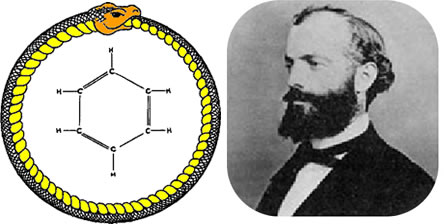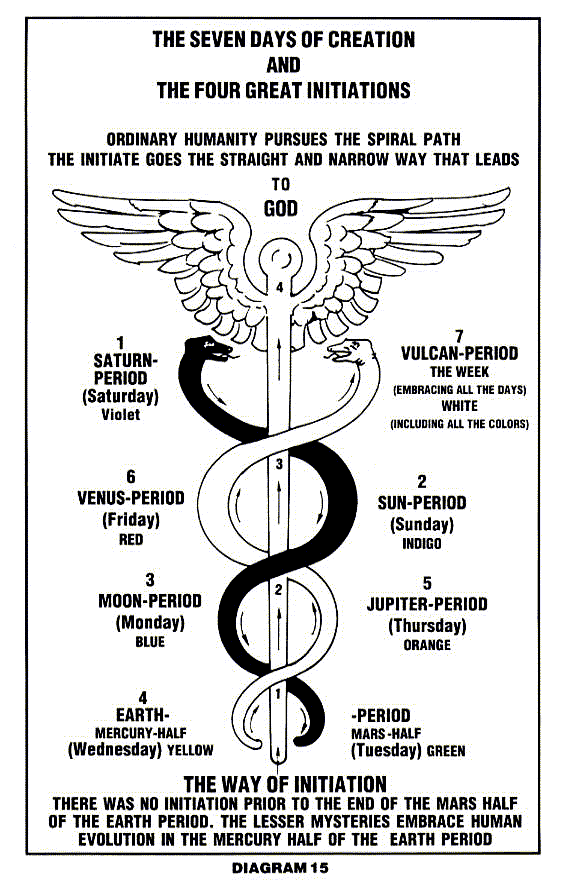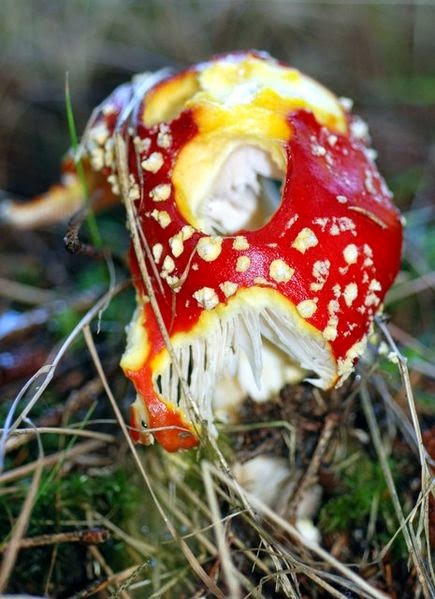Before there was a Jesus turning over the moneychangers’ tables, there was a Serpent encouraging Adam and Eve to break God's only law. Most people are introduced to the image of Satan before they ever read about him. The image presented is a red-devil with horns, who carries a pitchfork. And often this image is seen flying above a person's shoulder whispering sinful thoughts into the unsuspecting ear. However, none of these images are quite consistent with the Bible's descriptions.
In Genesis, the character often portrayed as the devil is a talking snake. The Hebrew for “snake” is Nachash, and it is also associated with divination, including the verb-form meaning to practice divination or fortune-telling.104 Another interesting description is God's curse placed on the Serpent. God condemns Satan to crawl on his belly and eat dust. He vows to make enemies of the offspring of the serpent and woman; and that the children will strike the head of the serpent's offspring, and they will strike the heel of the children. The Serpent is another mushroom riddle.
The dried cap of the mushroom can resemble snakeskin. Also, snakes can be poisonous, as well as harmless. The next clue is the word nachash. When used as a verb it means to practice divination and fortune telling. Also the serpent is the wisest of all animals. The mushroom grows out of soil, and appears to eat dust for food; technically it does! Consider the notion that God taught mankind to fear and loath the mushroom as deathly poisonous so that children will stomp them when they see them. (At least I used to because I was told they were poisonous, and I thought I was doing the world a favor) Also, there is the image of a snake with fruit in its mouth to create the icon a stipe and mushroom cap. Last, consider the notion that the mushroom inspired Eve to rebel against God's only commandment.
Satan comes from the Hebrew and “is a noun from a verb meaning primarily to, “obstruct, oppose,” as it is found in Numbers 22:22, 1 Samuel 29:4, Psalms 109:6.”105 Later in the Bible, Job chapters 1-2, the article ha- is placed in front of satan creating Ha-Satan, or the Satan, or the Adversary.106 This is Satan who appears at God's court and offers to test Lot. God uses Satan to test his most loyal servant,Job. God asks Satan where he has been and Satan replies, “From roaming through the earth, and going back and forth in it” (Job 1:7). When questioned about the loyalty of God's servant Job, Satan replies it is only because God protects him that Job is so loyal. God grants Satan to authority to test him. Satan puts him through horrible circumstances in order to prove to God Job will curse him to his face. In this way Satan is used by God to test his servant, and is not motivated by his own volition. Satan merely acts to oppose or obstruct one's faith.
The Serpent is the first Christ figure in the Bible. He pointed out that God lied, and encouraged Adam and Eve to eat the fruit of knowledge. Not much different than Jesus pointing fingers at the Elders of Zion and saying, “Think not that I bring peace; but fire, sword and war.” They both encouraged people to break commandments, yet Jesus is crucified, while Satan is merely cursed. If Jesus and the Serpent were one and the same, then the variable, which would make it true, is that they are both deifications of theAmanita muscaria mushroom.
The mushroom intoxication has the ability to change a person's mind. And that changed mind has the ability to change another person's mind through language. For example, the Serpent who knows the truth, tells Eve the truth about the fruit. She eats it, experiences the intoxication, and shares it with her husband. Following the experience, Adam and Eve made clothes, and developed a fear of what they used to love—God. There is a reversal of perception of authority and it inspires a challenge to it; Satan challenged Heaven, Moses challenged Egypt, Jesus challenged Israel and Rome. Therefore, it is quite clear that mushrooms have the ability to destroy nations built on words; and that denying your populations access to mushrooms creates the very empires they can destroy.

















_-_Google_Art_Project.jpg)
.JPG)











.png)

.jpg)











